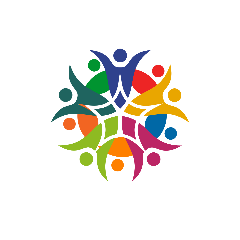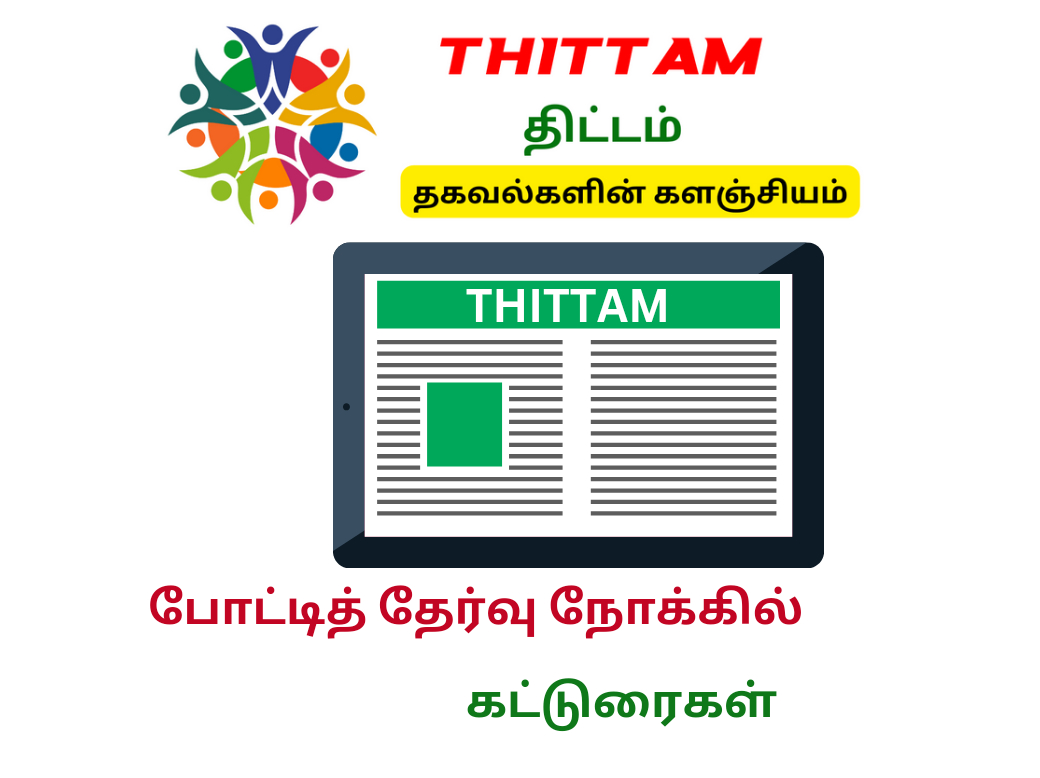Is India ready to restart with ONOE (One Nation, One Election)?
We can hear every nook and corner now around India as “One Nation, One Election (ONOE) “.
What are the types of Citizen participation elections conducted in India?
- Parliamentary Election (Lok Sabha)
- State assembly elections
- Local elections
What is meant by “ONOE”?
“One Nation, One Election” means conducting simultaneous elections throughout the country.
Why is “ONOE” now suddenly everywhere?
The “One Nation, One Election Bill” as 129th Constitutional Amendment Bill has been tabled by the Cabinet in the Lok Sabha on 17.12.2024 for the constitutional amendment to conduct Lok Sabha and assembly elections simultaneously.
And, the bill is passed in the Lok Sabha with the support of 269 members. Since it got its majority in the Lower House, it will now be introduced in Rajya Sabha. Once passed from there it will be sent to the President for final approval.
Will it apply to the recently formed Jammu & Kashmir and other Union Territories?
Yes. The bill aims to synchronize elections in Jammu and Kashmir, Puducherry, and Delhi with the rest of the country.
When will ONOE come into trial?
The trial will begin in 2034 and the procedure will start functioning once after the 2029 Lok Sabha election.
What is the procedure of implementing the bill?
Union Law Minister Arjun Ram Meghwal presented the bill in Lok Sabha.
Once after passing in the Rajya Sabha too, then for further discussion, the bill may be forwarded to a Joint Parliamentary Committee by the Lok Sabha speaker Om Birla.
If the bill passes, what will be the amendments?
- Articles 83 (duration of Houses of Parliament) – Amendment
- 172 and 327 (authority of Parliament to make laws with respect to elections to Legislatures) – Amendment
- 82(A) (simultaneous elections to the House of the People and all Legislative Assemblies) – new Article.
What happens when we trail back to the History of ONOE in India?
Before independence, simultaneous elections only took place under the British Colonial Government under the Government of India Act, 1935.
Also, after independence, India began its synchronized elections for the Lok Sabha and all State Legislative Assemblies (1952 -1967).
What happened next?
Later the cycle broke due to the dismissal of some state governments by the center.
How did the cycle break?
- In the year of 1968-69 Disruption of Simultaneity due to the premature dissolution of some State Assemblies in Haryana and Kerala.
- In 1970, the Lok Sabha was dissolved before completing its term, thereby leading to not to carry out the simultaneous election for the Lok Sabha and State Assemblies anymore.
- Leading to the jumblement of election timing.
What are the attempts taken to revisit ONOE?
Then again in 2014, the PM wanted to bring back the One Nation, One Election. But it never really took off, not until recently.
In 2015, the Parliamentary Standing Committee (2015) highlighted the benefits of ONOE, by mentioning the heavy electoral expenses and interrupted governance.
In 2017, NITI Aayog Report proposed a roadmap to reintroduce ONOE.
For this a separate committee has been set up, headed by India’s former President Ramnath Kovind who led a nine-member committee that recommended holding elections at the same time last year, calling it a “game changer”, citing economists who say it could boost India’s GDP by up to 1.5%.
Also, recommended local body elections within 100 days from the date of Lok Sabha election.
What are the advantages of this “ONOE”?
It would save a lot of country’s money.
To say, in the 2019 general election, the cost is around 60,000 crore rupees. In the same year, 7 state elections were also held.
What if we club together the election under a ‘single take’?
- Save money by avoiding the spending of all-time election campaigns.
- Save the workforce of security forces and poll officials by allocating multiple periods in every year almost.
- Obstruction to the nation’s advancement due to the frequent elections.
- Secure the ruling Government’s focus on governance rather than on campaigns. As of now, since every year elections and election campaigns take place and it makes India as “Non-Stop Campaign Country”.
- Increase the voter turnout. Rather than becoming a defaulter in the voting participation due to un-willfulness to travel to one’s native, if the process takes out once in 5 years, it can increase easy turnout for the voter.
- Frequent elections occur every three to six months, all the schemes are linked to polls.
What are the disadvantages of ONOE?
- The government will become more centralized and the regional issues may get ignored. The National campaign will be more attractive than the State campaign. Hence regional parties will diminish.
- Requires more EVM electronic voting machines (minimum of 2 times than the current usage stock).
- Political unawareness of the voters. The purpose of voting twice or thrice should be known clearly to them.
It means, knowing that one vote is for the Central Government and one is for the State Government. That political knowledge should be there while voting. How does the entire generation get a clear idea?
- Legal confusions. Sometimes the government will dissolve prematurely by losing its majority.
In that scenario, who will rule at that time? Will the President rule?
Countries that follow the President Rule setup are Belgium, Sweden, Brazil, South Africa and to some extent even the United States of America.
Their election procedure is different from ours. They follow proportional representation. It means, if a party wins 30% of the vote, they get 30% of the seats, known as the “Proportional Representation System”.
But in India, the electoral system we follow is the “First Past The Post System”. Hence here in India, the candidate with the highest number of votes wins. It’s as simple as that.
Also, our country has 6 national parties, 54 state parties, and more than 2000 unrecognized ones.
The majority accepted the view of simultaneous election. But what the disagreement is how it should be done.
Hence, OK We need “ONOE”. But in an Indian version.
இதையும் படிக்கலாமே
| தேர்தல் பத்திரங்கள் கடந்துவந்த பாதை |


